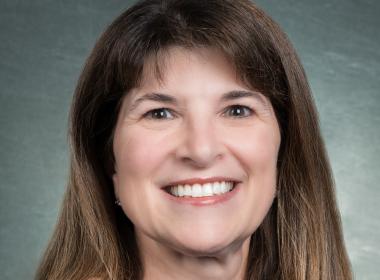Doctor
Annmarie Golioto, MD, IBCLC, FAAP Medical Director, NICU East (Hartford) | Regional Clinical Director, Hartford Healthcare Newborn Network
- Specialties
- Neonatology


Doctor
Natasha N. Frederick, MD, MPH, MST Director, Comprehensive Fertility and Sexual Health Team
- Specialties
- Center for Cancer & Blood Disorders


Article
8 Mental Health Tips for Parents By Bradley S. Jerson, PhD: How can parents and caregivers check on their own mental health so they can be there for their children? Connecticut Children’s pediatric psychologist Bradley S. Jerson, PhD, joins the Growing Healthy blog with tips.


